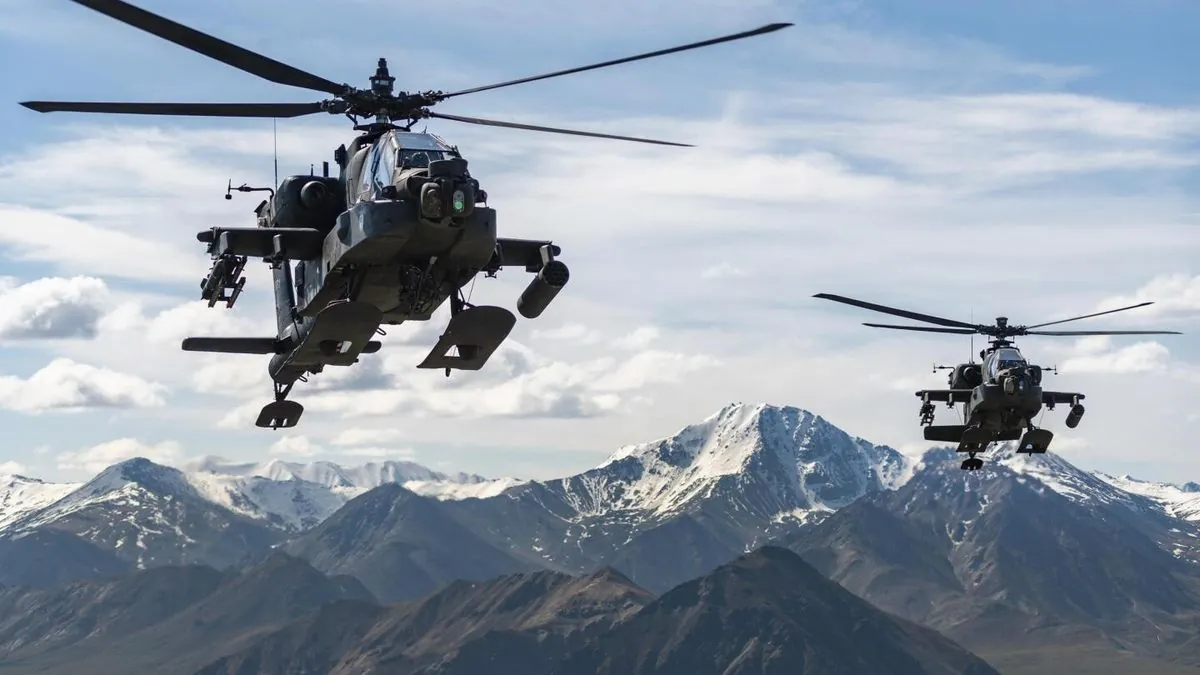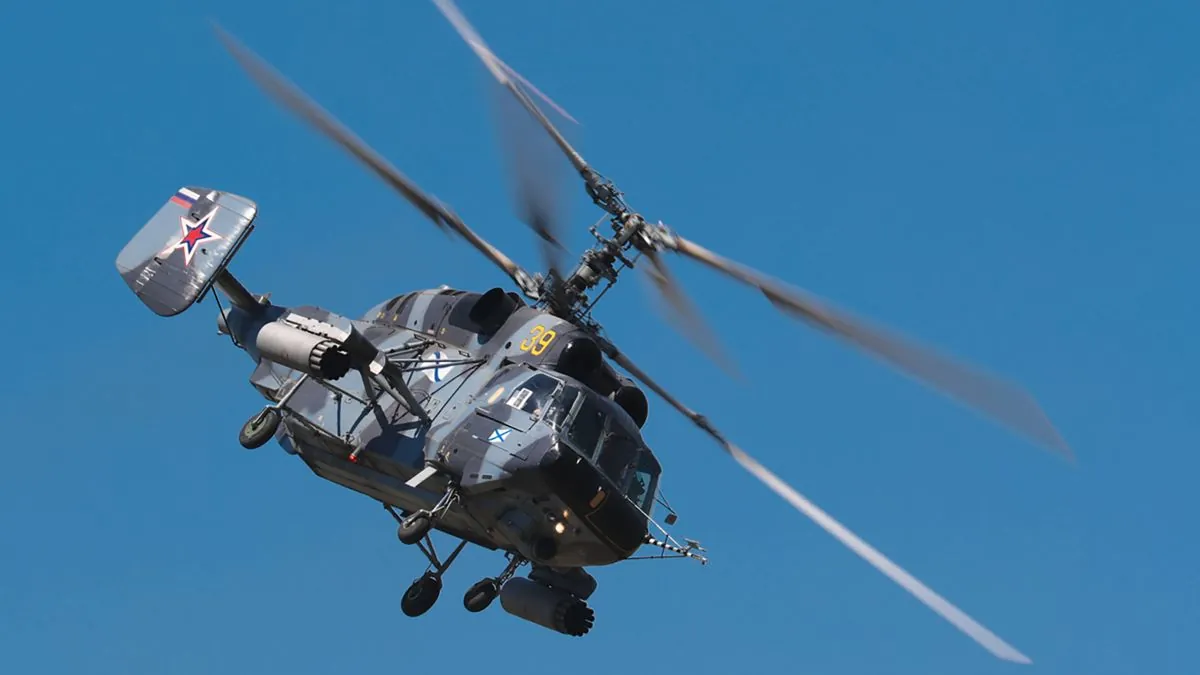Poland's $12 Billion Apache Deal: A Gamble on Attack Helicopters' Future
Poland's recent purchase of 96 Apache helicopters raises questions about the effectiveness of attack helicopters in modern warfare. The $12 billion deal comes amid evolving tactics and emerging threats.

Poland has recently made a significant investment in its military capabilities, signing a contract for 96 Apache AH-64E attack helicopters from Boeing, a US manufacturer. This $12 billion deal, finalized on August 13, 2024, has sparked discussions about the future of attack helicopters in modern warfare.
The concept of attack helicopters dates back to the Vietnam War, when the US Army adapted transport helicopters for combat roles. This led to the development of dedicated gunships, culminating in the Apache, which entered service in the mid-1980s. Since then, the Apache has been continuously upgraded and widely exported.
"The attack helicopter concept has been a cornerstone of modern military doctrine for decades, but its effectiveness against well-equipped adversaries remains a subject of debate."
However, recent conflicts have raised doubts about the viability of attack helicopters in high-intensity warfare. In March 2003, a raid by 31 Apaches against an Iraqi tank division resulted in significant losses and damage to the helicopter fleet. More recently, the ongoing conflict in Ukraine has demonstrated the vulnerability of attack helicopters to modern air defense systems.
Since February 2022, Ukrainian forces have reportedly shot down over 100 Russian attack helicopters, including models such as the Mi-24, Ka-28, and Ka-52. This has forced a change in tactics, with Russian helicopters now operating from within their own lines and using less accurate long-range rocket attacks.

The effectiveness of attack helicopters has been further challenged by the emergence of small, agile drones. During a recent Ukrainian counteroffensive in August 2024, first-person-view (FPV) drones were successfully used to counter Russian helicopter attacks.
Despite these challenges, Poland is betting on the Apache's capabilities. The Polish military's strategy likely involves using long-range precision weapons, such as the GMLRS missiles fired from HIMARS vehicles, to suppress enemy air defenses. This approach has proven effective for Ukrainian forces in creating safer operating environments for aircraft.
However, the proliferation of FPV drones presents a new threat that Poland will need to address. Effective countermeasures may require extensive deployment of jamming equipment along potential front lines.
As warfare continues to evolve, the role of attack helicopters like the Apache may need to adapt. Their effectiveness in future conflicts will likely depend on the ability to integrate with other systems, suppress enemy defenses, and counter emerging threats such as small drones.
The Polish Apache deal represents a significant investment in a platform with a long history of combat performance. However, its success will ultimately depend on how well it can be integrated into a modern, multi-domain battlefield environment.


































